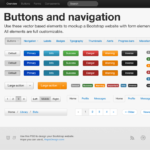Basic tools for HTML developers
All front-end developers must be very familiar with the design trinity: HTML, CSS and JavaScript. This is a list of what we think are some of the best HTML tools for programmers.

Any developer designing the front-end of a project must be very familiar with the design trilogy: HTML, CSS and JavaScript. This is a brief list of what we think are some of the best HTML tools for programmers, helping you to find the resources you need for your projects. We have already looked at useful solutions for developers in Pythonand Java in this series.
1. HTML editors
- Sublime Text: this code editor is not free - with a license costing 70 dollars - but you can download a free trial version. This is a very popular solution among developers, providing a carefully developed user experience. Sublime is used by many developers, who rate it as the best code editor out there.
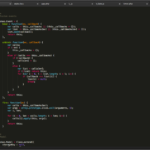
Some of its key features include:
1. Available for Windows, Mac OS X and Linux.
2. Supports many programming languages: HTML, C, C++, Groovy, Java, JavaScript, Lisp, Perl, PHP, Python, Ruby, SQL, etc.
3. Shortcuts for searches.
4. Distraction free mode for writing code.
5. Auto-complete function.
6. Highly customizable editor.
7. Supports macros.
8. Extend functionality using plugins.
- Atom: a free, open-source editor that is highly customizable. Launched by GitHub, the collaborative project development platform. This tool is creating quite a buzz in the developer community. The strength of this editor is that many programmers are helping to improve it through GitHub.
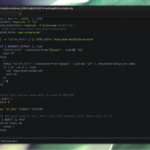
Interesting features of Atom:
1. Available for Windows, Mac OS X and Linux.
2. Fully customizable: its creators boast that developers can change the editor in any way they like, including its core.
3. Node.js integration: allowing any user to use hundreds of Node.js packages and libraries.
4. File browsing system.
5. Search and replace in work files.
6. Multiple panels, cursors and selectors.
7. Simple and clean user interface.
8. Customizable modular design: the editor allows users to design their own modules, incorporating new functionality.
- Notepad++: perhaps one of the best known code editors on the market. This tool is governed by a GPL license (General Public License). It could be described as Notepad on steroids. It offers developers and programmers a number of interesting features:
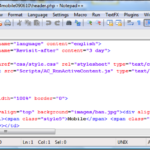
1. Code coloring to facilitate programming, not just for HTML, but for all the languages Notepad++ supports: Python, Ruby, PHP and JavaScript.
2. Code auto-complete. You don't need to type all the HTML tags. Customizable keyboard commands.
3. Ability to work on several documents at the same time.
4. Multi-view. Visualize the code in a number of ways.
5. Regular expressions to automate actions.
6. Automatic document status detection. This is a useful feature when a team is working on the same document.
7. Record and copy macros.
8. Zoom in.
9. Support for several languages.
- Editra: a multi-platform text editor. Its developers highlight its easy-to-use interface and features that aid code development. Editra is totally free under a LGPL license. It supports over 60 programming languages, including Python, PHP, Perl, Java, Lisp, SQL, Visual Basic and Pascal.
1. Allows you to work with tabs and on several documents at once.
2. Includes a search engine.
3. Features an editor and syntax highlighter.
4. Auto complete function.
5. Keyword help.
6. Enhance functionality with plugins.
- TextWrangler: a text editor developed by Bare Bones Software. It boasts a simple and intelligent interface with functionality for high performance code programming. Some of its features include:
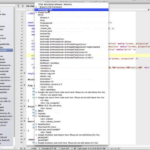
1. Support for various programming languages, including HTML, C, C++, Fortran, Java, Object Pascal, Objective-C, Perl, Python, Ruby, etc.
2. Syntax colors to facilitate code programming.
3. Search and replace across multiple files.
4. Language configuration for the working document.
5. Can be used as an external editor integrated with Xcode, Apple's integrated development environment.
6. Integrated support for FTP access using Interarchy.
7. Keys configurable by the developer.
8. List of floating windows.
2. Frameworks for HTML5
- Bootstrap: is the Twitter framework for responsive and adaptive website design and development in HTML, CSS and JavaScript. Bootstrap is a widely-used framework among today's front-end developers. The increasing consumption of content on mobile devices is one of the underlying drivers of the growth of this framework.
